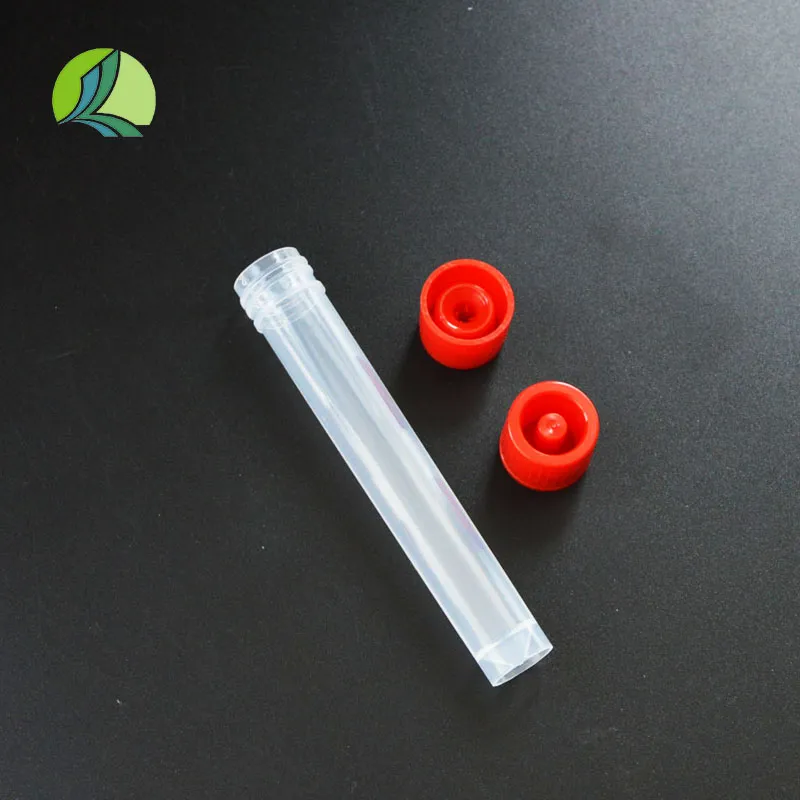https://www.wahmg.com/)">
Virus Specimen Collection Tube - Reliable Sample Collection Solutions
Virus Specimen Collection Tube - Reliable Sample Collection Solutions
The Importance of Virus Specimen Collection Tubes in Modern Virology
Virus specimen collection tubes are critical components in the field of virology, serving as essential tools for the collection, preservation, and transportation of viral samples. In recent years, the increasing prevalence of viral infections—ranging from seasonal influenza to emerging viruses like SARS-CoV-2—has highlighted the necessity of efficient and reliable specimen collection methods. These tubes play a crucial role in diagnostic testing, public health surveillance, and epidemiological studies.
The design of virus specimen collection tubes is carefully engineered to maintain the integrity of the viral samples they hold. Typically made from high-quality materials that prevent contamination, these tubes are often equipped with screw-top caps to create a secure seal. Many collection tubes are filled with viral transport medium (VTM), a nutrient-rich solution designed to preserve the viability of the virus during transport to laboratories. This is particularly important, as the stability of viral RNA or DNA can diminish rapidly if not properly preserved, leading to inaccurate test results.
In the clinical setting, the proper use of specimen collection tubes is paramount. Healthcare professionals must follow stringent protocols when collecting samples from patients suspected of having viral infections. This includes using personal protective equipment (PPE) and adhering to guidelines that ensure both the safety of the caregiver and the integrity of the specimen. The process usually involves collecting samples via nasopharyngeal swabs, throat swabs, or other appropriate methods, which are then placed in the collection tubes for analysis.
virus specimen collection tube

Once the samples are collected, the transportation of these tubes to diagnostic laboratories is another critical step. Timely delivery is essential to prevent degradation of the viral load, which could compromise the results of tests such as PCR (polymerase chain reaction) assays. Many laboratories now employ specialized shipping methods that maintain cold chain logistics, ensuring that sample integrity is preserved throughout the transportation process.
Moreover, the demand for virus specimen collection tubes surged dramatically during the COVID-19 pandemic, leading to innovations in their design and manufacturing. Companies focused on increasing production capacities and developing new materials to facilitate rapid testing capabilities. These changes reflect the public health community's need for adaptability and responsiveness in the face of crises.
In conclusion, virus specimen collection tubes are more than just containers; they are vital to the accuracy and reliability of virological diagnostics. As we continue to face new viral threats, the importance of robust specimen collection methods cannot be overstated. Continued advancements in tube design, manufacturing, and transportation logistics will be essential in supporting public health initiatives, ensuring that we are well-prepared for future challenges in virology. The commitment to enhancing these tools will undoubtedly contribute to better health outcomes and a deeper understanding of viral dynamics in our ever-changing world.
-
Wholesale Plastic Juice Bottles with Caps 16 oz Options Available Bulk Packaging SolutionsNewsJun.10,2025
-
Laboratory Apparatus Reagent Bottle – Durable & Chemical Resistant Bottles for Safe StorageNewsJun.10,2025
-
Squeezable Dropper Bottles Durable, Leak-Proof & CustomizableNewsMay.30,2025
-
Affordable Plastic Petri Plates Sterile & Disposable Lab-GradeNewsMay.30,2025
-
Eye Dropper Caps Precision 24/410 & Plastic Bottle-Compatible TipsNewsMay.30,2025
-
Affordable Mini Spray Bottle Price & Wholesale Deals Shop NowNewsMay.29,2025





















